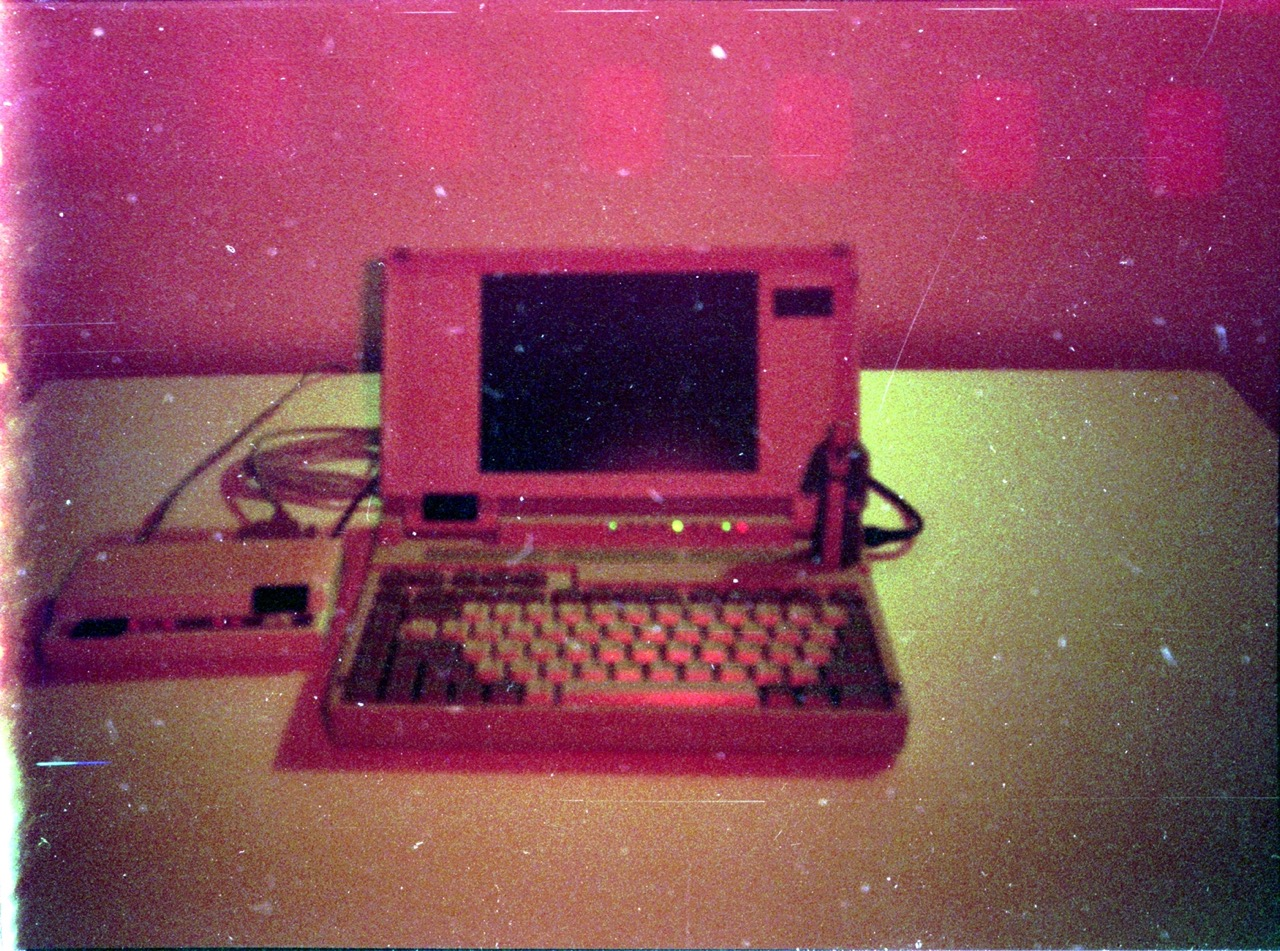

Funny how alcohol ads were banned, but Nazi-inspired ads were allowed to happen: https://www.theguardian.com/us-news/2015/nov/25/nazi-inspired-ads-for-the-man-in-the-high-castle-pulled-from-new-york-subway


Funny how alcohol ads were banned, but Nazi-inspired ads were allowed to happen: https://www.theguardian.com/us-news/2015/nov/25/nazi-inspired-ads-for-the-man-in-the-high-castle-pulled-from-new-york-subway


The worst thing about AI Slop is it’s overuse of in a list header, it kills it for me. I used to use emojis all the time like a run off sentence and put more thought into it, but now it’s just ruined.


It’s really great, and you can just keep them on the line if it’s an actual person.


I edited my post to include a case which explains the plain view exception with regard for digital files. From the sound of it, if the warrant were for like a Bitcoin wallet or some data file, then movies and images are likely out of scope, but if the search warrant were for video files, then pirated material would be in plain view of the search.
Based on this, I think it’s safe to assume that if there is a search warrant for video evidence related to a crime, and you have pirated material in a folder called /media/Jellyfin/Marvel Movies, that content would be admissible. I don’t think you could argue that the analyst should have understood that the only files in that directory were Marvel Movies, because if that were the case, then everyone would hide video evidence of their crimes in a Marvel Movies directory.


IANAL and not really sure if this would hold up for digital assets, but if there is a search warrant, anything in plain view is up for grabs: https://en.m.wikipedia.org/wiki/Horton_v._California. I would assume anything on the hard drive can be evidence in court if it is in plain view of the assets of the search warrant.
But also, for simply possession of pirated content, I don’t think the state would charge you, but you could be open to civil litigation if the copyright holders find out somehow.
EDIT: Looked into it some more, and seems there’s precedent that files of similar type on a hard drive are considered to be in plain view if they match the type of files which would be searched via a search warrant of the hard drive
In the case of United States v. Wong, police were searching the defendant’s computer for evidence related to a murder when they discovered images of child pornography on the computer. Although the warrant was specific to evidence of the murder, the Ninth Circuit held that the plain view exception allowed them to seize the child pornography, as searching graphics files was valid under the warrant and the files were immediately identifiable as contraband.
https://caselaw.findlaw.com/court/us-9th-circuit/1158361.html


Here’s one, InfluxDB (a time series database) advertises itself Open Source, but that’s only true for their Core platform, and many common features of a DB (high availability, read replicas, etc) are behind the Enterprise offering. Even if you are going to self host, you have to pay and agree to their terms.
I get having to pay for hosting and support, but it seems like they are intentionally neutering the core version to be able to push their paid business model, while benefiting from the testing and contributions from the community on the core model.


Even the link with the unlocked article code didn’t work, here’s an easier way to read the article: https://archive.is/sZYDO


I have seen this picture, but it has not been released by the WSJ, CNN, NYT, etc. The WSJ article describes the letter and this matches the description, but this is a recreation based on the description. What OP is asking for is why can’t they find a scan of the actual letter and the reason is because it hasn’t been published.


You’re right, best I can tell, WSJ only described the image, but has not published it. Here is an archive of the WSJ piece that Trump is suing about: https://archive.is/IUWMu


If they have the rights to distribute it and can seed it, than what is the crime? I would have to imagine that if a studio wants to limit the spread of pirated material, hiring a firm who will distribute and spread the content the studios are looking to limit is counterproductive. IANAL but i think that if a studio were to take someone to court for piracy and it was discovered that the studio (or a hired firm) was legally providing the content to the defendant, it would be a huge hole in the case, and be grounds for dismissal.


Private trackers usually have a limit of active torrents you can have depending on your ratio tier. Sitting on every torrent in a private tracker for one user would be a huge red flag, so the only way to have it work would be to have many accounts. Even then, unless they’re seeding content, they will probably be kicked if their upload is 0 bytes after a month or whatever interval accounts are purged.
Sure, there are probably some studios going after high profile torrents on private trackers, but thinking they would be monitoring thousands of torrents is a stretch.


I’m pretty sure you still had to pay your phone provider who may have charged $0.10/call unless AOL was using 1-800 numbers to dial to?
I refuse to use the Zoom client on my computer and instead use the web client. There might not be 1:1 feature parity, but it’s never been a problem for me with other people.
Maybe you can check the manual if the laptop has a CMOS battery. If it does, you’ll have to take apart the laptop to remove the battery for a few minutes, which will reset all the settings.


Are CMOS batteries still a thing? Removing that and the laptop battery should wipe the BIOS to the default settings. Actually before that, can you reset the BIOS settings with the admin password, and will that wipe the user password settings?


Molecules of water? hair follicles? Grains of rice?


There are web browser addons which can change the export to a png, but if all else fails, imagemagick after saving the image takes less time than screenshotting and cropping.


If they market it properly, maybe they could make it work? Call it a Gayover and have some baggage holding service so people can dance and let go without having to worry about their stuff


Do gay people not have layovers in Chicago?
The short story i’ve heard it explained was that prior to the 1960’s when logarithm tables were the only option, if what you were calculating was not in the table, you rounded the measurements up so that the material or whatever was stronger, and you knew it would really hold the weight to be certain. Depending on how much rounding up happened during the design, this created lots of redundancy and strength, but was more expensive since you generally had to use more materials. With CAD, you could more easily model and calculate all the loads and optimize the design and material costs for the expected lifetime of the product, building, or whatever. This saved money and was preferred by bean counters, and resulted in designs lasting just enough, rather than older designs which sometimes seemed indestructible.